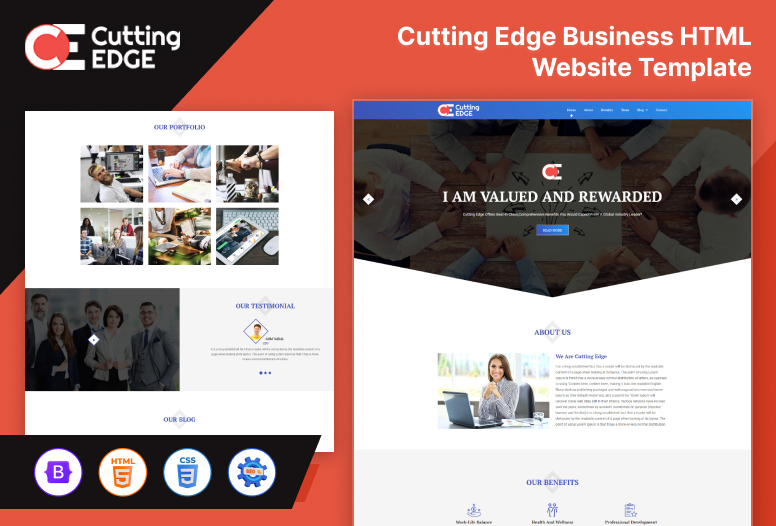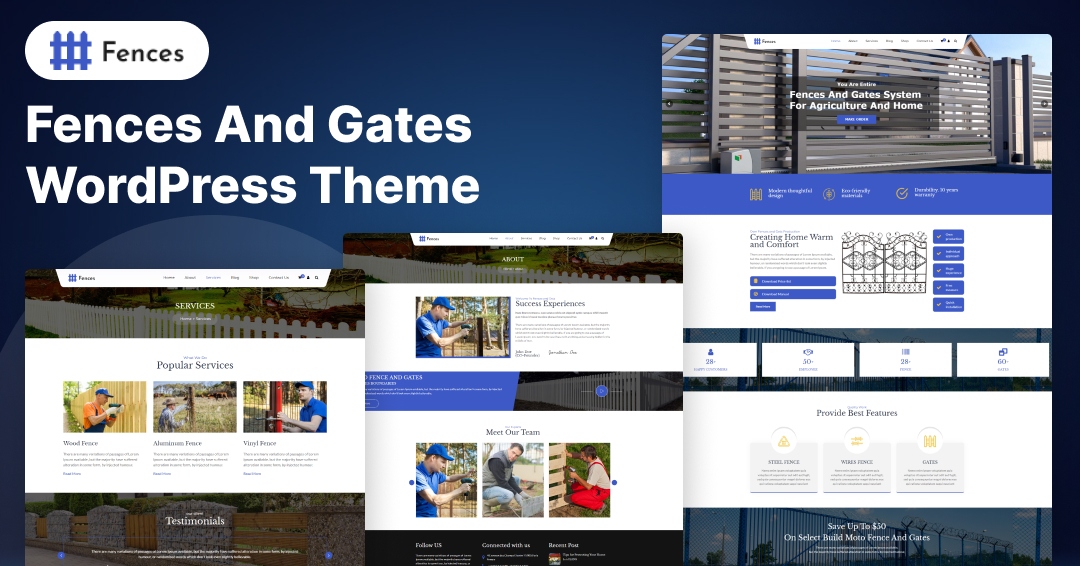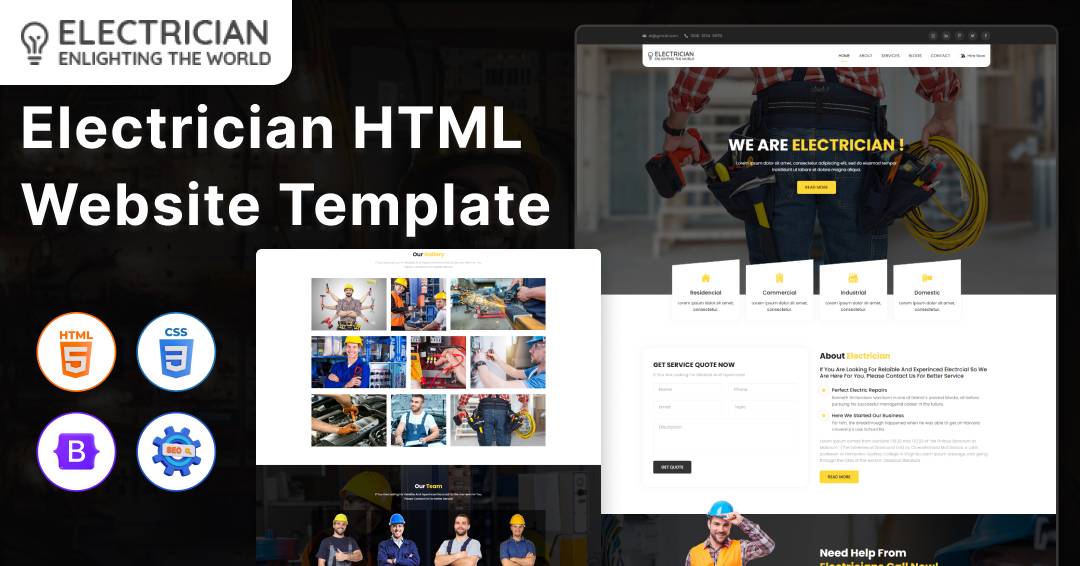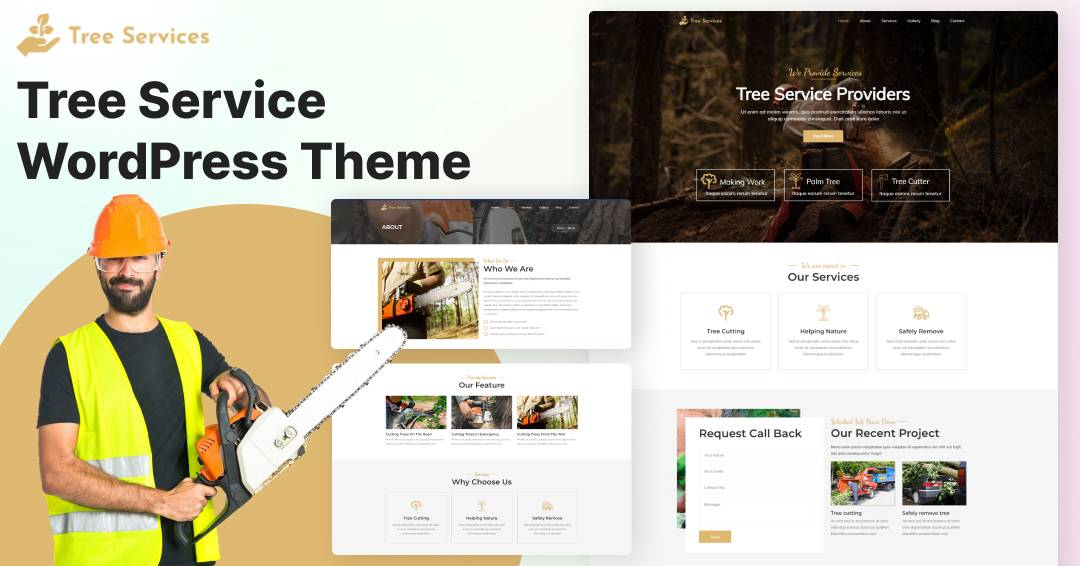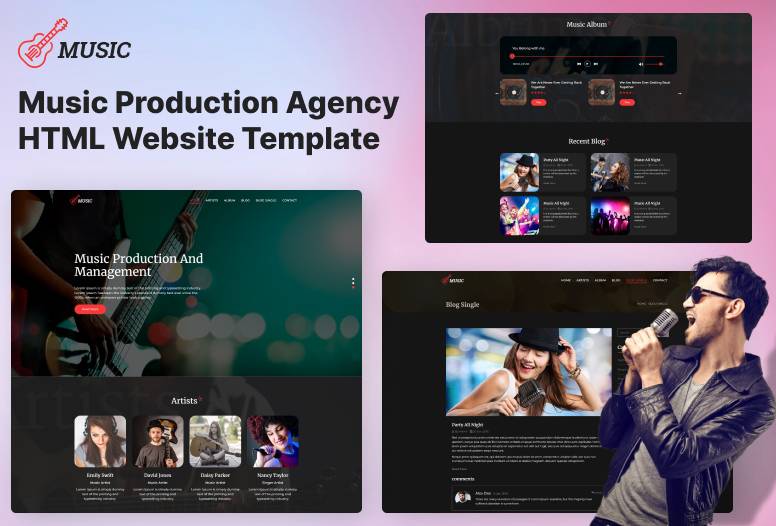The Importance of Mobile-Responsive Website Templates in 2026
In 2026, having a mobile-responsive website is not just a design preference. It is a strict necessity for business survival.
The digital landscape has shifted permanently. We have left the era where desktop computers were the primary gateway to the internet. Today, we live in a “mobile-native” world. Smartphones and tablets have replaced desktops for the vast majority of daily tasks. They are the main tools we use to browse, shop, learn, and communicate.
Recent data confirms this trend. Over 75% of global website traffic now originates from mobile devices. This percentage increases every year. Consider your own behavior: you check the news during your commute, shop while waiting in line, and research products from your couch. In all these instances, you rely on a handheld screen.
Your website must be ready for this reality. If it does not adapt seamlessly to these screens, you lose more than just traffic. You lose credibility, sales, and revenue.
When a potential customer visits a non-responsive site, they see a broken layout. The text is unreadable without zooming. The buttons are too small to tap. They will not stay to struggle with your interface. They will leave immediately and visit a competitor’s site instead.
This is why mobile-responsive website templates are the most critical tool for modern web development. They ensure your site looks professional, loads instantly, and delivers a flawless experience on any device.
In this blog, we will explore what makes a website mobile-responsive, why it matters critically in 2026, and how Template Bundle’s templates help you achieve professional results with minimal effort.
What Is a Mobile-Responsive Website Template?
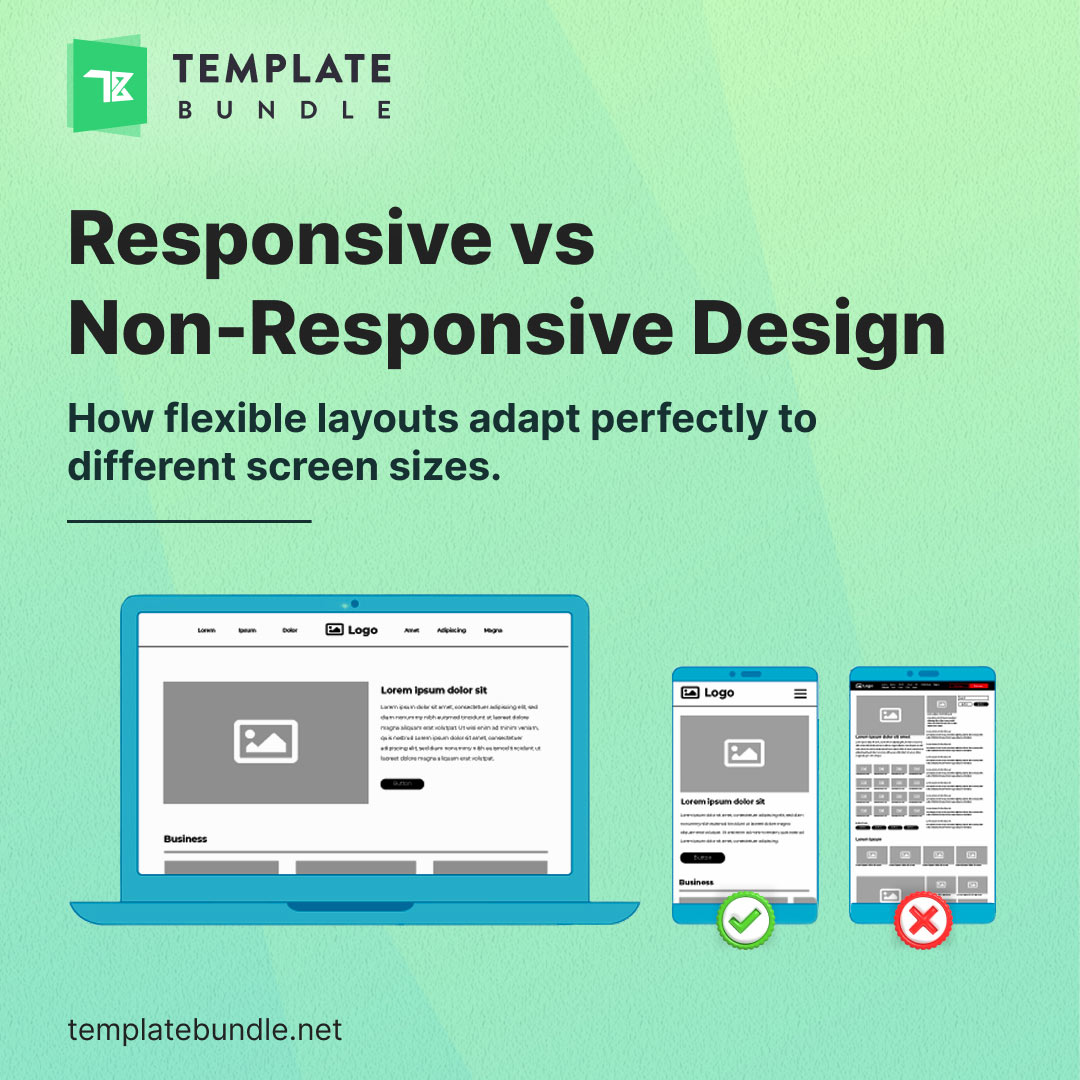
A mobile-responsive website template is a pre-designed layout that automatically adjusts its content to fit any screen size. It functions perfectly on a large desktop monitor, a mid-sized tablet, and a compact smartphone.
In the past, developers had to build separate websites for desktops and mobile phones. This was expensive and difficult to maintain. If you updated one, you had to update the other. Responsive templates solve this problem. You do not need separate versions.
Instead, a responsive template uses smart technology like flexible grids, CSS media queries, and dynamic images. These tools ensure every element of the site fits the screen perfectly, like water filling a container.
Here is how a responsive template functions:
- It rearranges layouts: On a desktop, you might see three columns side-by-side. On a phone, those columns automatically stack vertically. This makes the content easy to read by scrolling down, rather than panning sideways.
- Images resize dynamically: Pictures shrink or stretch to fit the exact width of the screen. They do not look distorted, pixelated, or blurry.
- Fonts adjust for readability: Text size scales automatically. Users do not have to squint or zoom in to read your headlines or articles.
- Buttons become touch-friendly: Small links designed for a mouse cursor transform into large, tappable buttons on a phone. Navigation bars turn into “hamburger” menu icons for easy thumb access.
This flexibility creates a consistent user experience. It does not matter where your visitors come from; they always see a high-quality site. For developers, this simplifies the design process, reduces costs, and ensures the website is future-proof.
Why Mobile Responsiveness Matters in 2026

Mobile responsiveness is now a core rule for ranking and sales in digital marketing. If your site is not responsive, it is effectively invisible to a large portion of your audience. Let’s examine why this is essential today.
1. Mobile Traffic is Dominant
More people use smartphones to browse and shop than ever before. Regardless of your industry—whether you run an eCommerce store, a portfolio, or a corporate blog—most of your visitors will arrive via mobile. Many will come from social media apps like Instagram or TikTok, which use mobile browsers.
If your site looks broken or loads slowly on a phone, users will “bounce” (leave immediately). A responsive template solves this issue. It keeps your site fast, attractive, and functional, ensuring users stay on your page.
2. Google’s Mobile-First Indexing
Google has fundamentally changed how it ranks websites. It now uses mobile-first indexing. This means Google primarily analyzes the mobile version of your website to decide where you rank in search results.
This is a critical factor for SEO (Search Engine Optimization). If your site is not mobile-friendly, you will rank lower. This applies even if your desktop version is beautiful. Google essentially ignores the desktop version for ranking purposes. A responsive website template helps you meet Google’s strict standards, ensuring you stay visible and attract free organic traffic.
3. Enhanced User Experience (UX)
A well-designed mobile template provides a smooth, intuitive experience. We have all encountered bad mobile sites where we had to pinch-and-zoom to read text or accidentally clicked the wrong link. It is frustrating and unprofessional.
Responsive templates eliminate this friction. Visitors can read content effortlessly, use menus easily, and fill out forms quickly. When users find your site easy to navigate, they spend more time engaging with your content. This signals to search engines that your site offers value, which further improves your SEO ranking.
4. Higher Conversion Rates
You want your visitors to take action, whether that means buying a product, filling out a form, or signing up for a newsletter. These actions depend entirely on usability.
If a checkout page is difficult to use on a phone, the user will abandon their cart. A mobile-friendly design removes these barriers. For online stores, this is the difference between a lost sale and a loyal customer. Template Bundle offers responsive HTML templates where every button and form is optimized for touch. This leads to significantly better sales performance.
5. Future-Proofing Your Website
Technology evolves rapidly. We now have foldable phones, smartwatches, and high-resolution tablets. New devices with different screen sizes are released every year. It is impossible to build a specific website version for every new device.
Responsive templates protect your design. They adapt to any screen automatically. They will even work on devices that haven’t been released yet. This scalability saves time and money, as you won’t need to redesign your site constantly.
Key Benefits of Using Responsive Templates
Using a mobile-responsive template offers advantages that go beyond aesthetics. It builds a strong foundation for your business.
- Consistent Branding: Your site maintains the same colors, logo, and style across all devices, building trust and recognition.
- Better SEO: Search engines explicitly reward mobile-optimized sites with higher rankings.
- Faster Speeds: Responsive layouts are often lighter and cleaner, loading faster on mobile data networks.
- Cost Efficiency: You only need to manage one website, saving money on development and maintenance.
- Higher Engagement: Mobile users stay longer on sites that feel native to their device.
- Reduced Bounce Rate: Visitors won’t leave due to layout issues, preserving your traffic statistics.
- Accessibility: Your content is accessible to everyone, including users with older devices or visual impairments.
In short, responsive templates enhance both your design and your business strategy.
How Template Bundle Helps You Stay Mobile-Ready

At Template Bundle, mobile responsiveness is a core principle, not an afterthought. We create every HTML template and WordPress theme with this priority. Each layout is rigorously tested on various screen sizes and devices to guarantee pixel-perfect results.
Whether you are launching an online store, a corporate site, or a creative portfolio, Template Bundle ensures your site performs flawlessly everywhere.
Here is what makes Template Bundle stand out:
- 100% Responsive: All templates rely on fluid grids that adapt instantly.
- Cross-Browser Tested: We verify compatibility on Chrome, Firefox, Safari, and Edge.
- Lightweight Code: Our clean code ensures fast loading speeds on 4G and 5G networks.
- SEO-Friendly: The structure is built to boost Google rankings immediately.
- Easy Customization: You do not need to be a coding expert; our organized code makes changes simple.
Our templates cover many industries, including real estate, healthcare, education, fitness, restaurants, and NGOs. Each product is designed to save you time and ensure your website meets the high standards of 2026.
Ideal For:
Who should use a responsive template? The answer is simple: everyone who wants a professional web presence. Responsive templates from Template Bundle are perfect for:
- Freelancers and Developers: You get professional designs ready to use, cutting development time in half.
- Digital Agencies: You get a reliable, scalable base for client projects.
- Business Owners: You get a fast, affordable website without hiring an expensive agency.
- E-Commerce Stores: You capture mobile shoppers and reduce cart abandonment.
- Bloggers and Creators: You build a personal brand that looks great on every device.
No matter your niche, these templates make website creation easier, faster, and more effective.
How to Check If Your Website Is Mobile-Responsive
If you are unsure about your current website, here are simple ways to test it right now:
- Use Google’s Test Tool: Search for “Google Mobile-Friendly Test” and enter your URL. It will reveal exactly how Google views your site.
- Resize Your Browser: Open your site on a desktop and drag the window edge inward. Watch the content. Does it rearrange smoothly, or does it get cut off?
- Test on Real Devices: Check your site on an iPhone and an Android. Are the menus easy to use? Do pages load quickly?
- Use Developer Tools: Use Chrome DevTools to simulate various screens like an iPad or Galaxy Fold.
If your site fails these checks, it is time to switch to a modern, responsive template from Template Bundle.
The Business Impact of Mobile Responsiveness
A mobile-friendly website directly impacts how users perceive your brand. Visitors associate professional, responsive designs with credibility and trustworthiness. They assume that if your website is modern, your business is reliable.
Conversely, a site that looks broken or “old” on a phone sends a negative message. It suggests a lack of attention to detail, often leading users to abandon the site. In 2026, User Experience (UX) is a deciding factor for success. Responsive templates deliver exceptional UX, improve engagement, and build trust.
Conclusion
In today’s fast-paced digital world, a mobile-responsive website is no longer optional. It is mandatory.
Whether you are a business owner, developer, or freelancer, ensuring your site works on every device must be a top priority. The risks of an outdated site—lost traffic, poor SEO, and low sales—are too high.
There is an easy solution. Use mobile-responsive website templates from Template Bundle. You can build professional, fast, and user-friendly websites that align with the standards of 2026. You eliminate the headache of technical coding and focus on what matters: your content and your business.
Explore our collection today. Make your website future-ready, one responsive design at a time.





